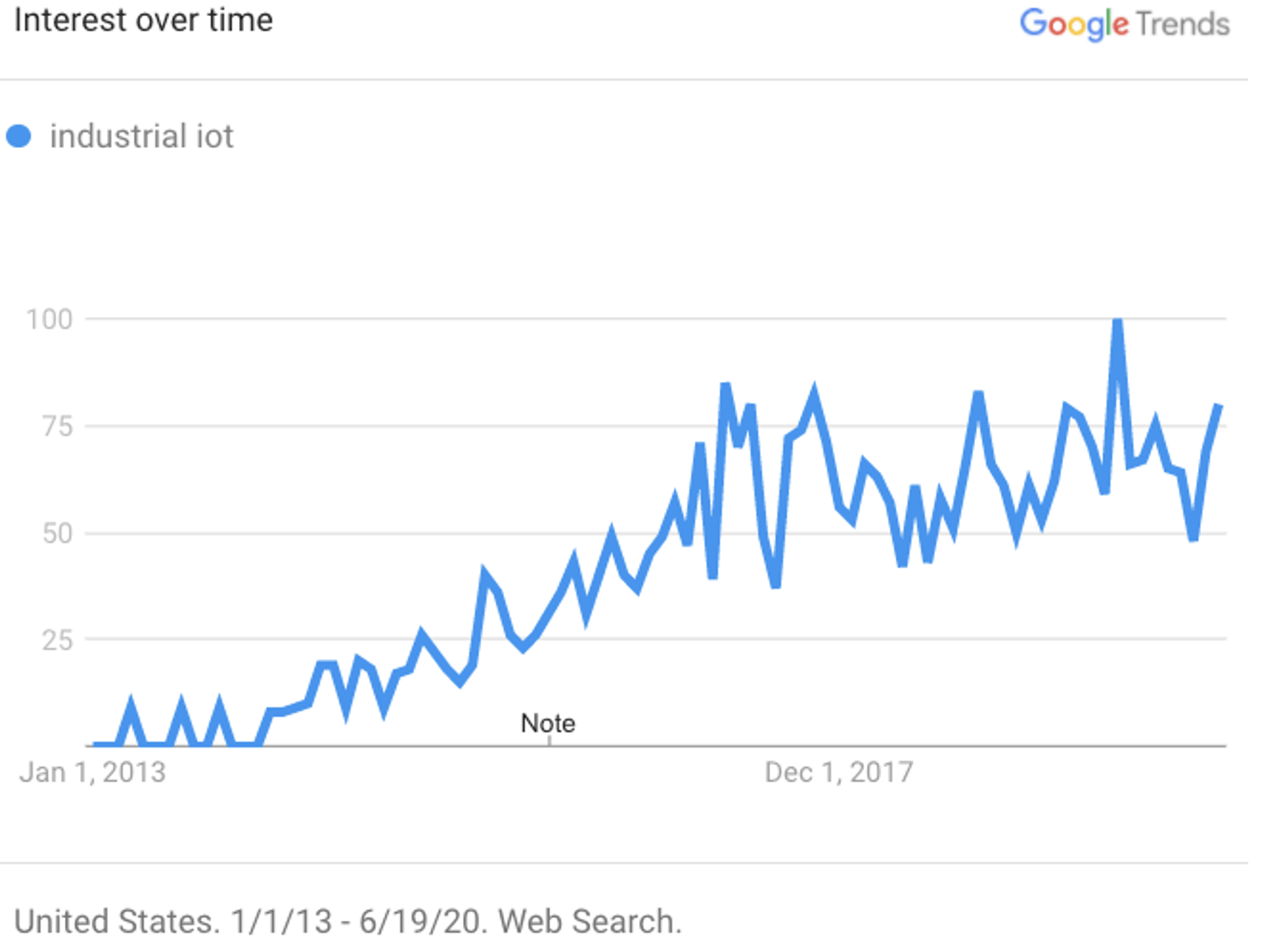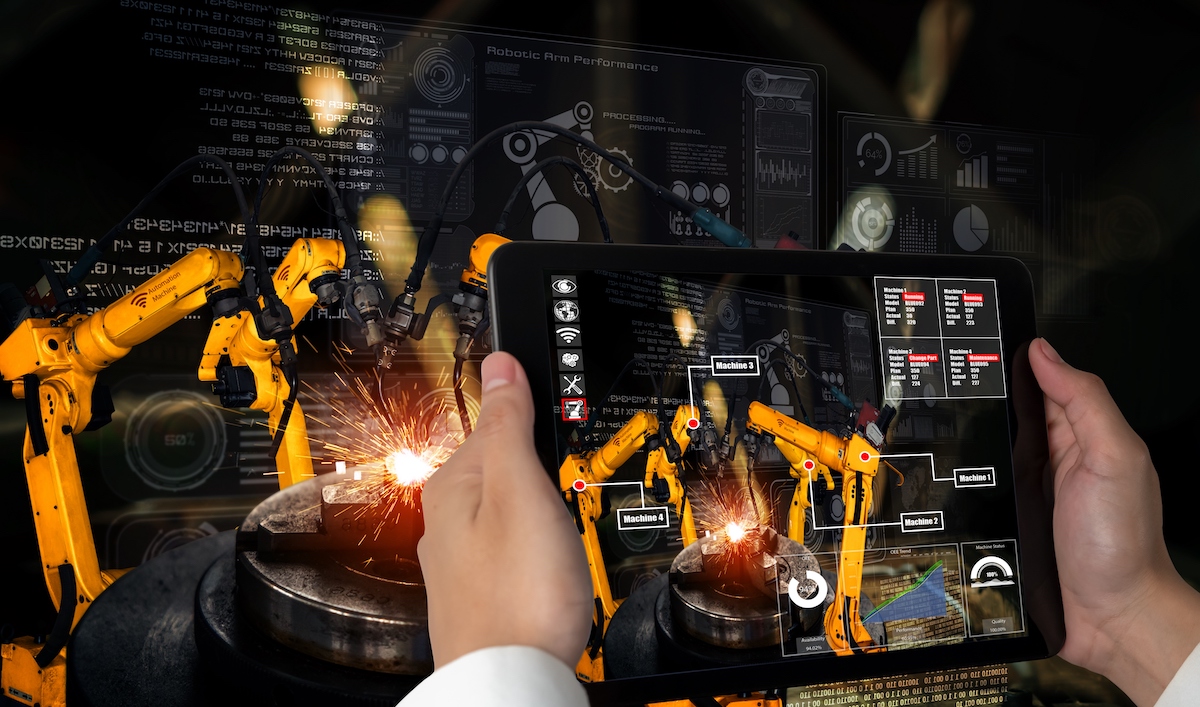What Role Does Industrial IoT Play in Bringing IT and OT Closer Together?
IT and OT systems developed on different tracks because they did different things. Where IT was based on data that could be used at the factory floor level and was often utilized, OT was designed to use the power of software to improve processes at the shop floor level.
The most significant role that the introduction of IIoT technology brings to IT/OT convergence is that IIoT acts as a bridge between the two. It does this by reducing time delays so that both IT and OT components have access to data as it is produced.
It also bridges equipment ROI because IIoT technology is highly flexible and can be deployed in analog legacy equipment through the installation of devices and with OEM equipment with connectivity embedded. It can also utilize cellular technology for hard-to-reach equipment or in operations using limited or eclectic space.
This bridge allows the company to realize higher ROI on equipment because a new analytics platform using IIoT does not require a new equipment purchase to bring all physical equipment under the same system umbrella.
Finally, its role as a bridge is in its programming and processing flexibility. This means that companies can purchase entire platforms where software interoperability is native or where it can be combined with APIs to unsiloed information and have all functional areas linked to the same analytics platform.

Industrial IoT solutions are being deployed at an increasing rate as manufacturers look to merge the physical and digital components of their shop floor.
What are the Advantages of an IT/OT Convergence Strategy?
Traditional IT and OT platforms were based on “data islands.” For critical factory floor operations such as cycle time, these data islands can hide inefficiencies as job standards and cycle times must be manually measured and recorded, and any adjustments must come manually.
By leveraging real-time data and driving decision-making from the shop floor through the C-suites, greater value is driven throughout the operation, and companies can find a path to innovation. Real-time data acquisition focuses on the machine’s actual performance instead of expected performance.
Advantages of IT/OT convergence include:
Real-time Production Visibility
Operator bias and assumption are replaced by actual machine conditions.
Increased Capacity
Decision-makers will uncover the actual state of their operation and develop data-based solutions. They can realize increased capacity from the same equipment, which reduces CAPEX outlay.
Actionable Insights
Because the data can immediately drive process improvements, it can help managers develop solutions such as improved automation, plant layout changes, training needs, and labor utilization.
Improved Design
Digital data brings real-time functionality to design and development. This functionality shortens expensive iterative projects and reduces time-to-market for new products and services. And it allows the use of CAD/CAM and project lifecycle management (PLM) software.
Improved Manufacturability
True IT/OT integration using IIoT technology unlocks the ability to utilize advanced 3D modeling and performance simulations. The creation of “digital twins” can help designers create products that can be optimized for production.
Lower Costs
Cost savings through a convergence of IT and OT range from the holistic level to the spindle level at the machine. IIoT sensors and real-time data collection and analysis mean that processes can be optimized at the factory level. But IIoT can allow for the development of predictive maintenance plans that base repairs and replacements on actual data. Heat management, machine tool wear, and other factors replaced at the optimum point are examples of these cost savings.
This is an excerpt from the “IT/OT CONVERGENCE: IN INDUSTRIAL IOT, TWO WORLDS COLLIDE” article written by Eric Fogg of MachineMetrics. Read the full article here.



